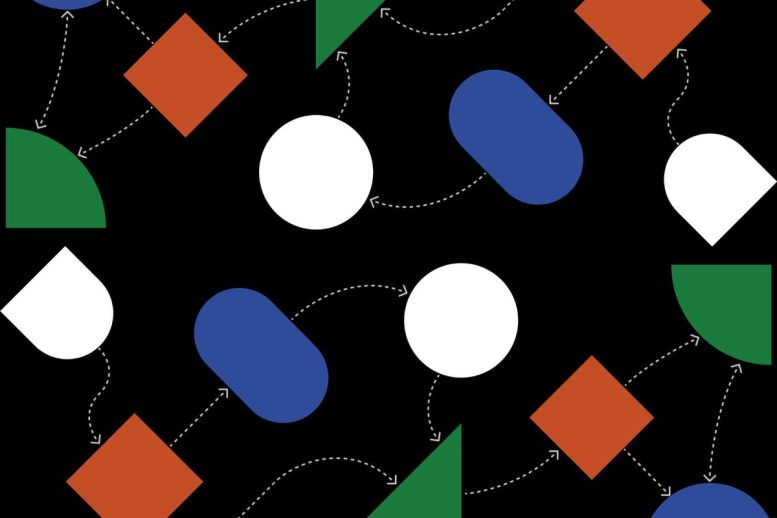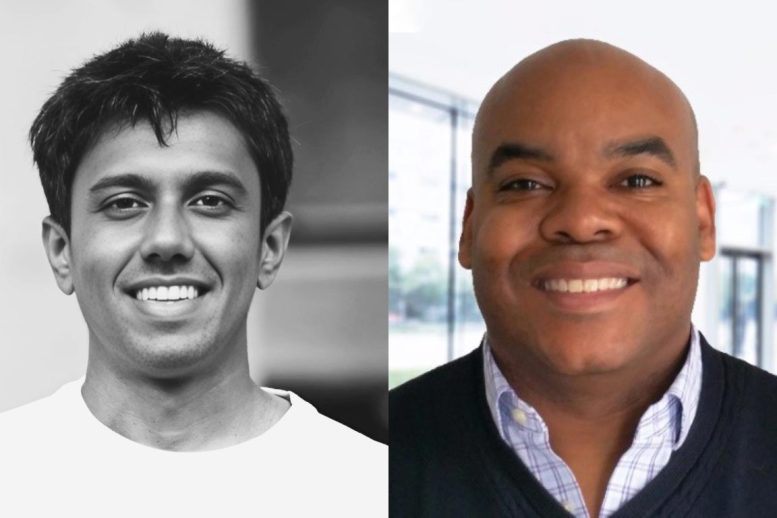
Pienso has developed a no-code AI builder so the people closest to problems can use the technology rather than relying on machine learning engineers. Credit: Courtesy of Pienso
Alumni-founded Pienso has developed a user-friendly AI builder so domain experts can build solutions without writing any code.
As Media Lab students in 2010, Karthik Dinakar SM ’12, PhD ’17 and Birago Jones SM ’12 teamed up for a class project to build a tool that would help content moderation teams at companies like Twitter (now X) and YouTube. The project generated a huge amount of excitement, and the researchers were invited to give a demonstration at a cyberbullying summit at the White House — they just had to get the thing working.
The day before the White House event, Dinakar spent hours trying to put together a working demo that could identify concerning posts on Twitter. Around 11 p.m., he called Jones to say he was giving up.
Then Jones decided to look at the data. It turned out Dinakar’s model was flagging the right types of posts, but the posters were using teenage slang terms and other indirect language that Dinakar didn’t pick up on. The problem wasn’t the model; it was the disconnect between Dinakar and the teens he was trying to help.
“We realized then, right before we got to the White House, that the people building these models should not be folks who are just machine-learning engineers,” Dinakar says. “They should be people who best understand their data.”

“These kinds of applications are important to us because our roots are in cyberbullying and understanding how to use AI for things that really help humanity,” says Birago Jones SM ’12, co-founder of Pienso. Credit: Courtesy of Pienso
The Birth of Pienso: Empowering Domain Experts
The insight led the researchers to develop point-and-click tools that allow nonexperts to build machine-learning models. Those tools became the basis for Pienso, which today is helping people build large language models for detecting misinformation, human trafficking, weapons sales, and more, without writing any code.
“These kinds of applications are important to us because our roots are in cyberbullying and understanding how to use AI for things that really help humanity,” says Jones.
As for the early version of the system shown at the White House, the founders ended up collaborating with students at nearby schools in Cambridge, Massachusetts, to let them train the models.
“The models those kids trained were so much better and nuanced than anything I could’ve ever come up with,” Dinakar says. “Birago and I had this big ‘Aha!’ moment where we realized empowering domain experts — which is different from democratizing AI — was the best path forward.”
From SciTechDaily